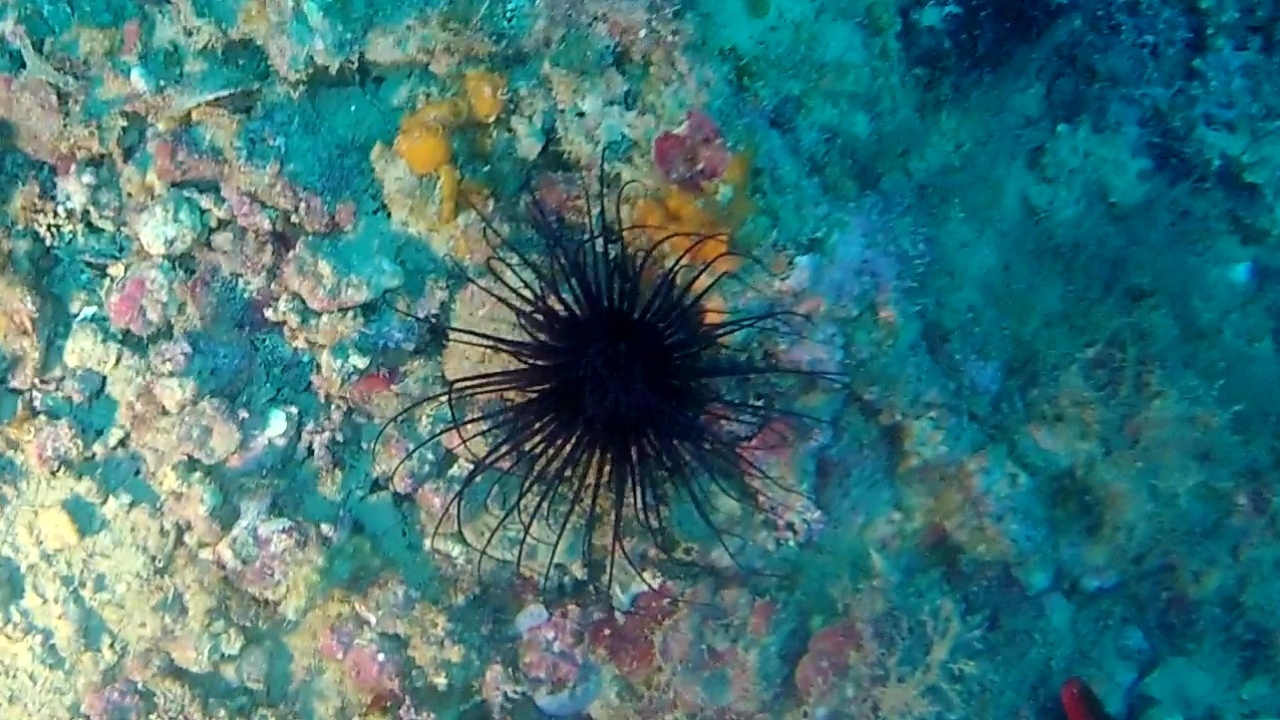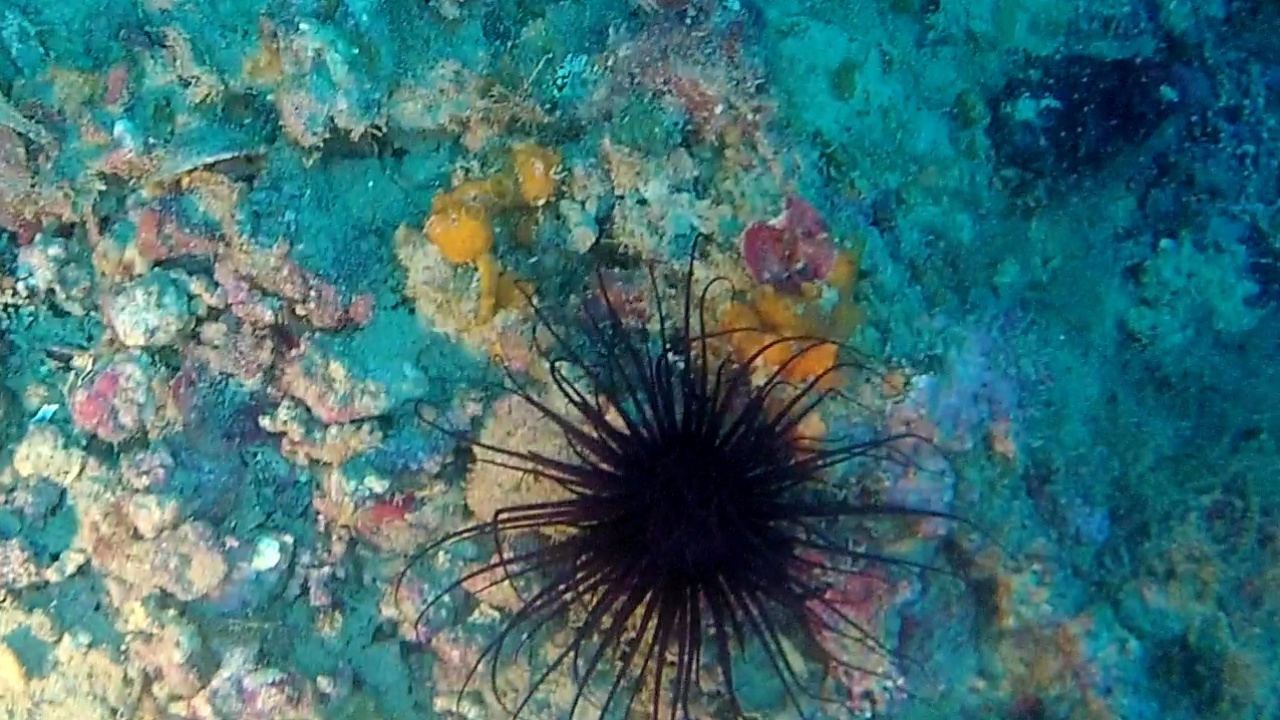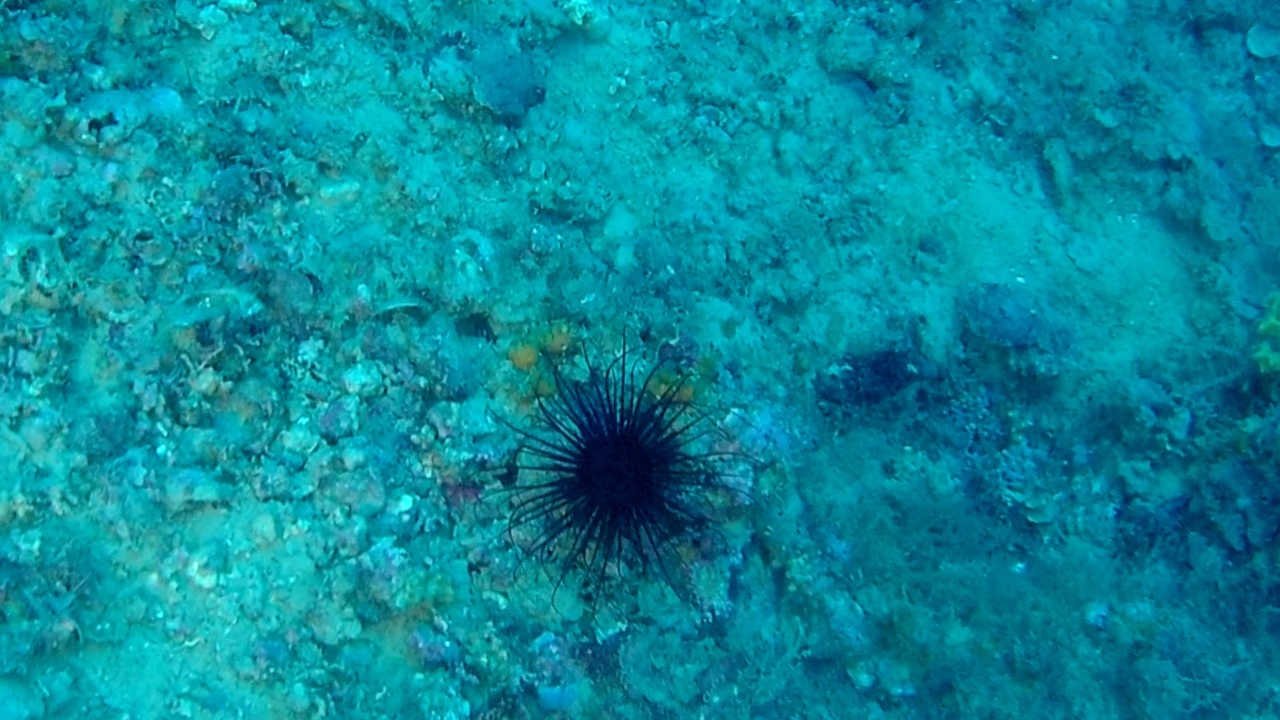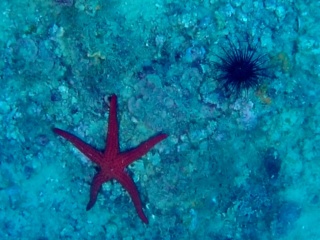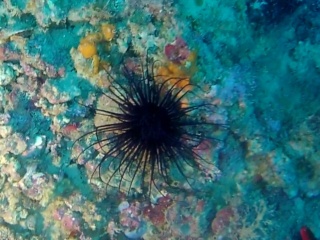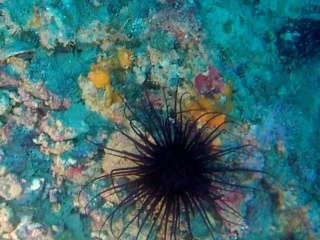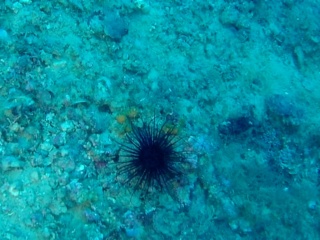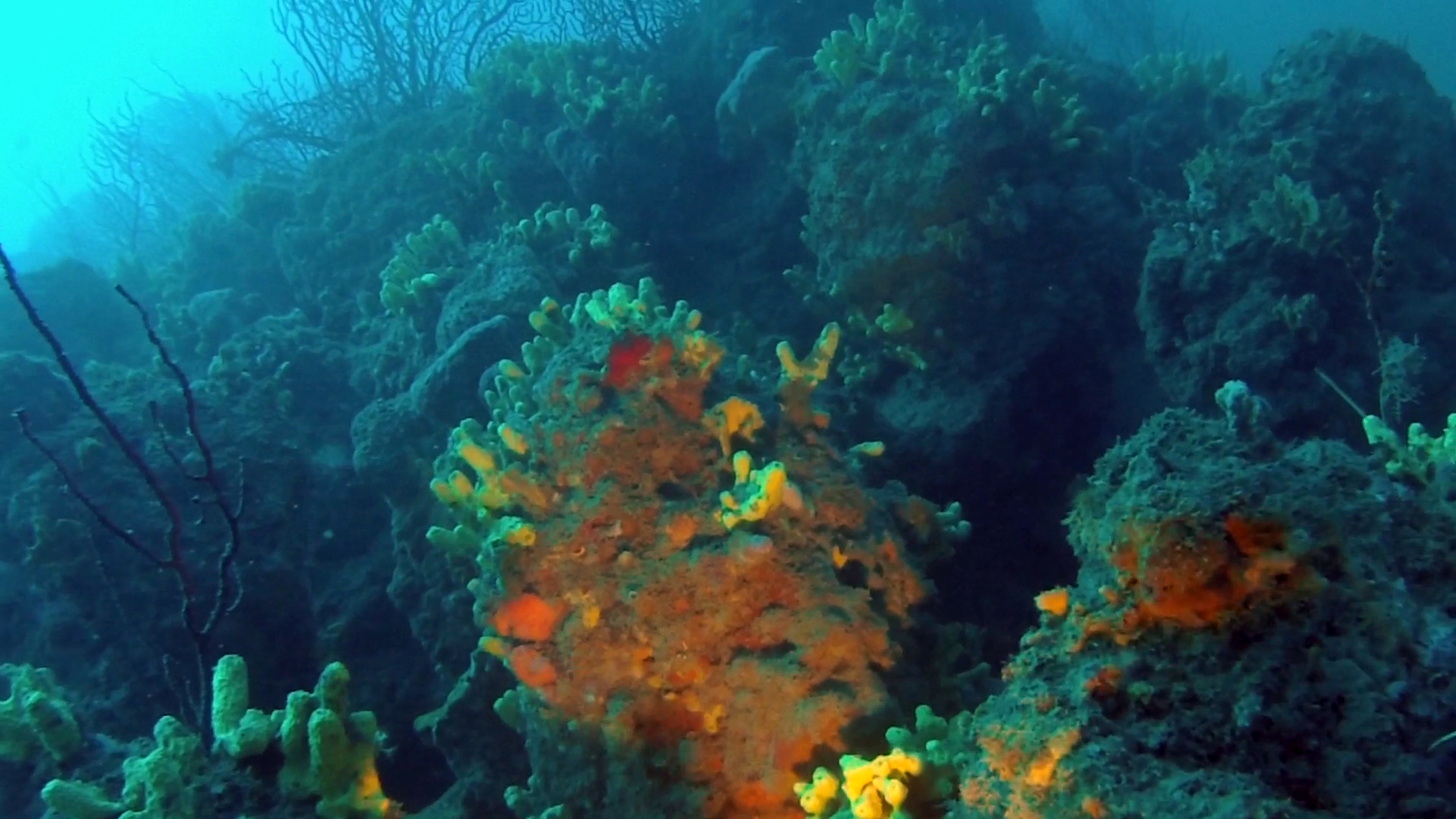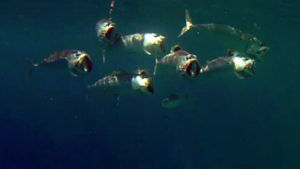Cerianthus Membranaceus, the cylinder anemone or coloured tube anemone, is aspecies of large, tube-dwelling anemone in the family Cerenthidae. It is native to the Mediterranean Sea and adjoining parts of the northeastern Atlantic Ocean. Cerianthus membranaceus anemone cilindrico
Cerianthus membranaceus is a large, tube-dwelling anemone. The oral disc can have a diameter of up to 40 cm. There are two whorls of tentacles, amounting to about two hundred tentacles in all. Those in the outer whorl are long and slender and armed with cnidocytes (stinging cells) and are used for catching prey. Tentacles in the inner whorl are shorter and function to transfer captured food to the central mouth. The tentacles are sometimes banded and come in an array of colours; white, yellow, orange, green, brown, blue, black, purple and violet. The colour of the inner whorl often contrasts with that of the outer whorl.
The column of this tube anemone secretes mucus in which is embedded a unique type of cnidocytes that mesh together to form a fibrous structure. Sand and other particles adhere to this and it forms a leathery, protective tube up to 40 cm. in length. There is no pedal attachment and the lower end of the tube is buried in the soft substrate. The tube is open at the base which allows for escape of water when the animal retreats into the tube.
Cerianthus membranaceus is found on the seabed in shallow water in the Mediterranean Sea and the northeastern Atlantic Ocean, its range extending as far north as Britain. Cerianthus membranaceus anemone cilindrico
(extract from Wikipedia)
Much of the Mediterranean coast enjoys a hot-summer Mediterranean climate. However, most of its southeastern coast has a hot desert climate, and much of Spain’s eastern (Mediterranean) coast has a cold semi-arid climate. Although they are rare, tropical cyclone occasionally form in the Mediterranean Sea, typically in September–November.
Because of the short residence time of waters, the Mediterranean Sea is considered a hot-spot for climate change effects. Deep water temperatures have increased by 0.12 °C (0.22 °F) between 1959 and 1989. According to climate projections, the Mediterranean Sea could become warmer. The decrease in precipitation over the region could lead to more evaporation ultimately increasing the Mediterranean Sea salinity. Because of the changes in temperature and salinity, the Mediterranean Sea may become more stratified by the end of the 21st century, with notable consequences on water circulation and biogeochemistry.
 English
English Italiano
Italiano

